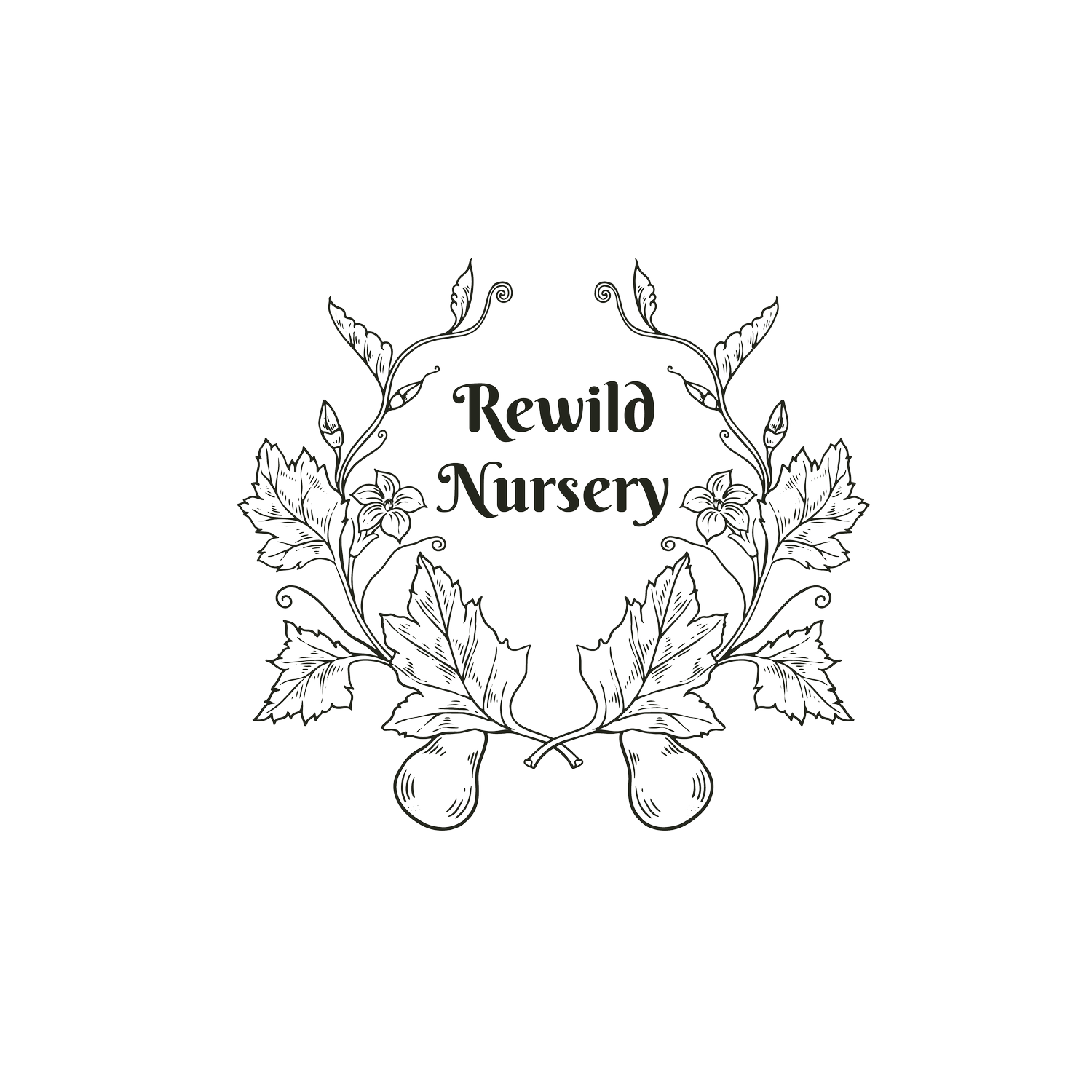Thornless Honey Locust
Scientific name: Gleditsia triacanthos var. inermis
Honey locust is a deciduous tree with yellow flowers. It’s a legume, so helps fix nitrogen in your soil. It likes full to partial sun and soil that is usually moist (occasional flooding) to soil that is neither wet nor extremely dry. It is a larval host for the silver-spotted skipper butterfly and betrothed, little underwing, and moon-lined moths. Many wildlife eat the seeds and their pulp.
For humans, the young seed pods can be cooked and eaten like green beans. Mature seeds are edible and can be made into flour. The seed pods contain a sweet, edible goo said to taste somewhat like honey.
The species Gleditsia triacanthos is native to the Panhandle. However, this is a thornless cultivar originating further north, so I am not technically categorizing these as Florida natives.
Size: three to five gallon pots
Scientific name: Gleditsia triacanthos var. inermis
Honey locust is a deciduous tree with yellow flowers. It’s a legume, so helps fix nitrogen in your soil. It likes full to partial sun and soil that is usually moist (occasional flooding) to soil that is neither wet nor extremely dry. It is a larval host for the silver-spotted skipper butterfly and betrothed, little underwing, and moon-lined moths. Many wildlife eat the seeds and their pulp.
For humans, the young seed pods can be cooked and eaten like green beans. Mature seeds are edible and can be made into flour. The seed pods contain a sweet, edible goo said to taste somewhat like honey.
The species Gleditsia triacanthos is native to the Panhandle. However, this is a thornless cultivar originating further north, so I am not technically categorizing these as Florida natives.
Size: three to five gallon pots
Scientific name: Gleditsia triacanthos var. inermis
Honey locust is a deciduous tree with yellow flowers. It’s a legume, so helps fix nitrogen in your soil. It likes full to partial sun and soil that is usually moist (occasional flooding) to soil that is neither wet nor extremely dry. It is a larval host for the silver-spotted skipper butterfly and betrothed, little underwing, and moon-lined moths. Many wildlife eat the seeds and their pulp.
For humans, the young seed pods can be cooked and eaten like green beans. Mature seeds are edible and can be made into flour. The seed pods contain a sweet, edible goo said to taste somewhat like honey.
The species Gleditsia triacanthos is native to the Panhandle. However, this is a thornless cultivar originating further north, so I am not technically categorizing these as Florida natives.
Size: three to five gallon pots


